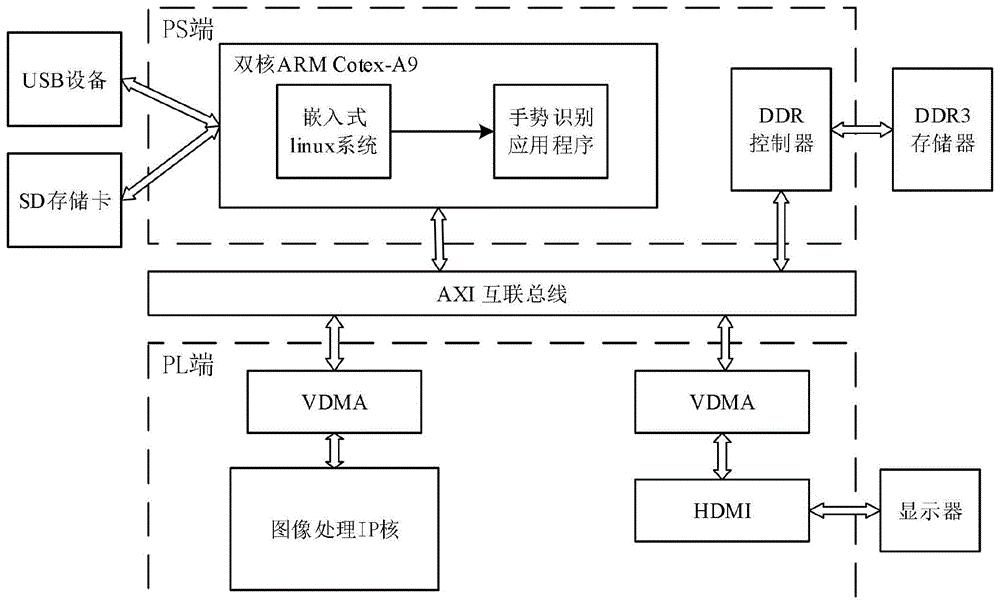
linux多线程同时写一个变量
时间:2023-05-29 来源:网络 人气:
在Linux多线程编程中,同时对同一个变量进行写操作可能导致数据不一致的问题。本文将讨论如何解决这个问题。
一、多线程同时写一个变量产生的问题
在多线程编程中,如果多个线程同时对同一个变量进行写操作,可能会出现数据不一致的情况。例如:
#include<stdio.h>
#include<stdlib.h>
#include<pthread.h>
intcount=0;
void*thread_func(void*arg){
inti;
for(i=0;i<100000;i++){
count++;
}
returnNULL;
}
intmain(){
pthread_tt1,t2;
pthread_create(&t1,NULL,thread_func,NULL);
pthread_create(&t2,NULL,thread_func,NULL);
pthread_join(t1,NULL);
pthread_join(t2,NULL);
printf("count=%d\n",count);
return0;
}
在上面的例子中,两个线程同时对count进行100000次加1操作。我们期望最终count的值应该是200000,但是实际运行结果却不是这样的。运行上面的程序,输出的结果可能是:197892、198764、199876等等。
这是因为两个线程同时对同一个变量进行写操作时,并不是按照我们想象中那样依次执行的。例如,在上面的例子中,线程1执行count++时,它首先会读取count的值,然后将其加1,最后再将结果写回count。但是,如果在这个过程中,线程2也对count进行了写操作,那么线程1读取的值就已经不是最新的了。
二、解决方法
为了避免多线程同时写一个变量产生的问题,我们需要采用同步机制来保证数据的一致性。常见的同步机制包括互斥锁、读写锁、条件变量等等。
1.互斥锁
互斥锁(mutex)是一种最简单、最常见的同步机制。它可以保证同一时间只有一个线程能够访问共享资源。例如,在上面的例子中,我们可以使用互斥锁来保护count变量:
#include<stdio.h>
#include<stdlib.h>
#include<pthread.h>
intcount=0;
pthread_mutex_tmutex=PTHREAD_MUTEX_INITIALIZER;
void*thread_func(void*arg){
inti;
for(i=0;i<100000;i++){
pthread_mutex_lock(&mutex);
count++;
pthread_mutex_unlock(&mutex);
}
returnNULL;
}
intmain(){
pthread_tt1,t2;
pthread_create(&t1,NULL,thread_func,NULL);
pthread_create(&t2,NULL,thread_func,NULL);
pthread_join(t1,NULL);
pthread_join(t2,NULL);
printf("count=%d\n",count);
return0;
}
在上面的程序中,我们使用了pthread_mutex_lock和pthread_mutex_unlock函数来分别加锁和解锁互斥锁。这样,在任意时刻,只有一个线程能够访问count变量,从而保证了数据的一致性。
2.读写锁
读写锁(rwlock)是一种特殊的同步机制,它可以同时支持多个线程对共享资源进行读操作,但只能有一个线程进行写操作。例如,在上面的例子中,如果我们将count变量改为只读不写,那么我们可以使用读写锁来提高程序的并发性能:
#include<stdio.h>
#include<stdlib.h>
#include<pthread.h>
intcount=0;
pthread_rwlock_trwlock=PTHREAD_RWLOCK_INITIALIZER;
void*thread_func(void*arg){
inti;
for(i=0;i<100000;i++){
pthread_rwlock_wrlock(&rwlock);
count++;
pthread_rwlock_unlock(&rwlock);
}
returnNULL;
}
intmain(){
pthread_tt1,t2;
pthread_create(&t1,NULL,thread_func,NULL);
pthread_create(&t2,NULL,thread_func,NULL);
pthread_join(t1,NULL);
pthread_join(t2,NULL);
printf("count=%d\n",count);
return0;
}
在上面的程序中,我们使用了pthread_rwlock_wrlock和pthread_rwlock_unlock函数来分别加锁和解锁读写锁。这样,在任意时刻,多个线程可以同时对count变量进行读操作,但只能有一个线程进行写操作,从而保证了数据的一致性和程序的并发性能。
3.条件变量
条件变量(cond)是一种用于线程间通信的同步机制。它允许一个线程在满足特定条件前等待,而不是占用CPU资源。例如,在上面的例子中,我们可以使用条件变量来实现一个简单的生产者-消费者模型:
#include<stdio.h>
#include<stdlib.h>
#include<pthread.h>
#defineBUFFER_SIZE10
intbuffer[BUFFER_SIZE];
intcount=0;
pthread_mutex_tmutex=PTHREAD_MUTEX_INITIALIZER;
pthread_cond_tcond=PTHREAD_COND_INITIALIZER;
void*producer_func(void*arg){
inti;
for(i=0;i<100000;i++){
pthread_mutex_lock(&mutex);
while(count==BUFFER_SIZE){
pthread_cond_wait(&cond,&mutex);
}
buffer[count++]=i;
pthread_cond_signal(&cond);
pthread_mutex_unlock(&mutex);
}
returnNULL;
}
void*consumer_func(void*arg){
inti,data;
for(i=0;i<100000;i++){
pthread_mutex_lock(&mutex);
while(count==0){
pthread_cond_wait(&cond,&mutex);
}
data=buffer[--count];
pthread_cond_signal(&cond);
pthread_mutex_unlock(&mutex);
}
returnNULL;
}
intmain(){
pthread_tproducer,consumer;
pthread_create(&producer,NULL,producer_func,NULL);
pthread_create(&consumer,NULL,consumer_func,NULL);
pthread_join(producer,NULL);
pthread_join(consumer,NULL);
printf("count=%d\n",count);
return0;
}
在上面的程序中,我们使用了pthread_cond_wait和pthread_cond_signal函数来分别等待和唤醒条件变量。当缓冲区已满时,生产者线程调用pthread_cond_wait函数进入等待状态;当缓冲区有数据时,消费者线程调用pthread_cond_wait函数进入等待状态。当生产者线程向缓冲区加入数据时,它调用pthread_cond_signal函数唤醒等待在条件变量上的消费者线程;当消费者线程从缓冲区取出数据时,它也调用pthread_cond_signal函数唤醒等待在条件变量上的生产者线程。
三、总结
在Linux多线程编程中,同时对同一个变量进行写操作可能导致数据不一致的问题。为了解决这个问题,我们需要采用同步机制来保证数据的一致性。常见的同步机制包括互斥锁、读写锁、条件变量等等。在使用同步机制时,我们需要注意死锁、优先级反转等问题,并尽量避免共享资源的竞争。

whatsapp最新版:https://cjge-manuscriptcentral.com/software/4276.html
相关推荐
教程资讯
教程资讯排行

系统教程
-
标签arclist报错:指定属性 typeid 的栏目ID不存在。












